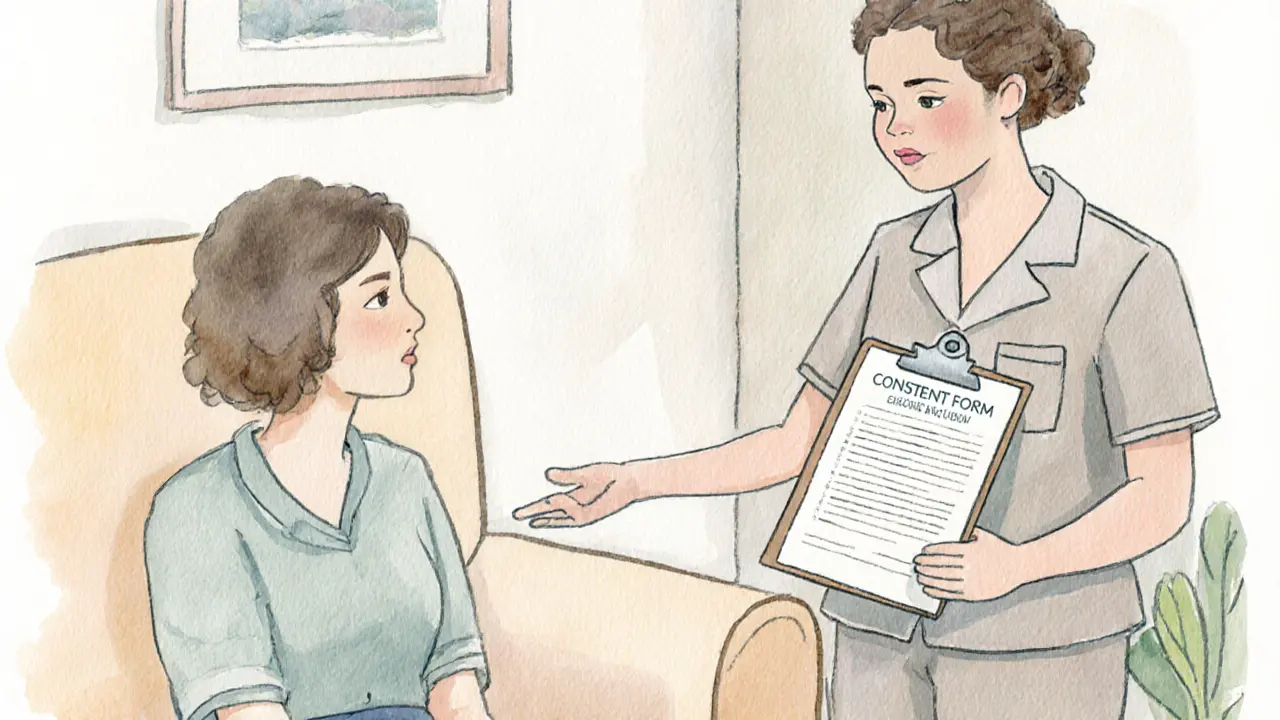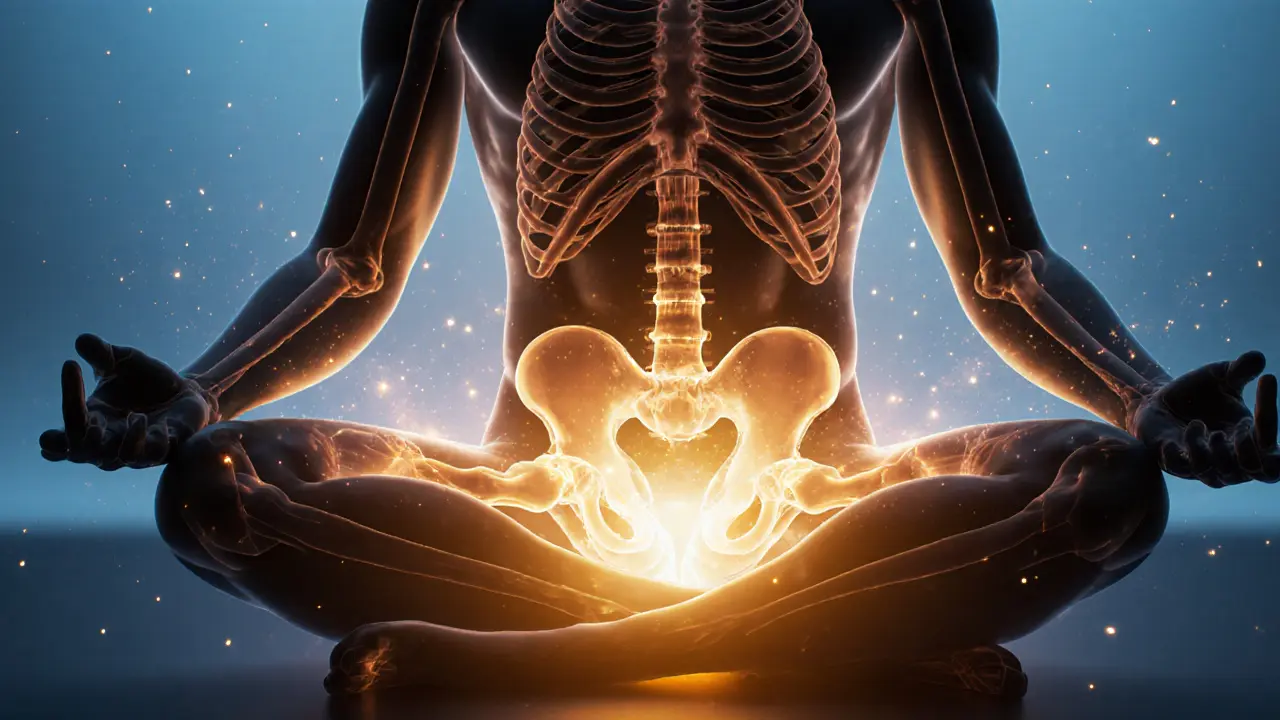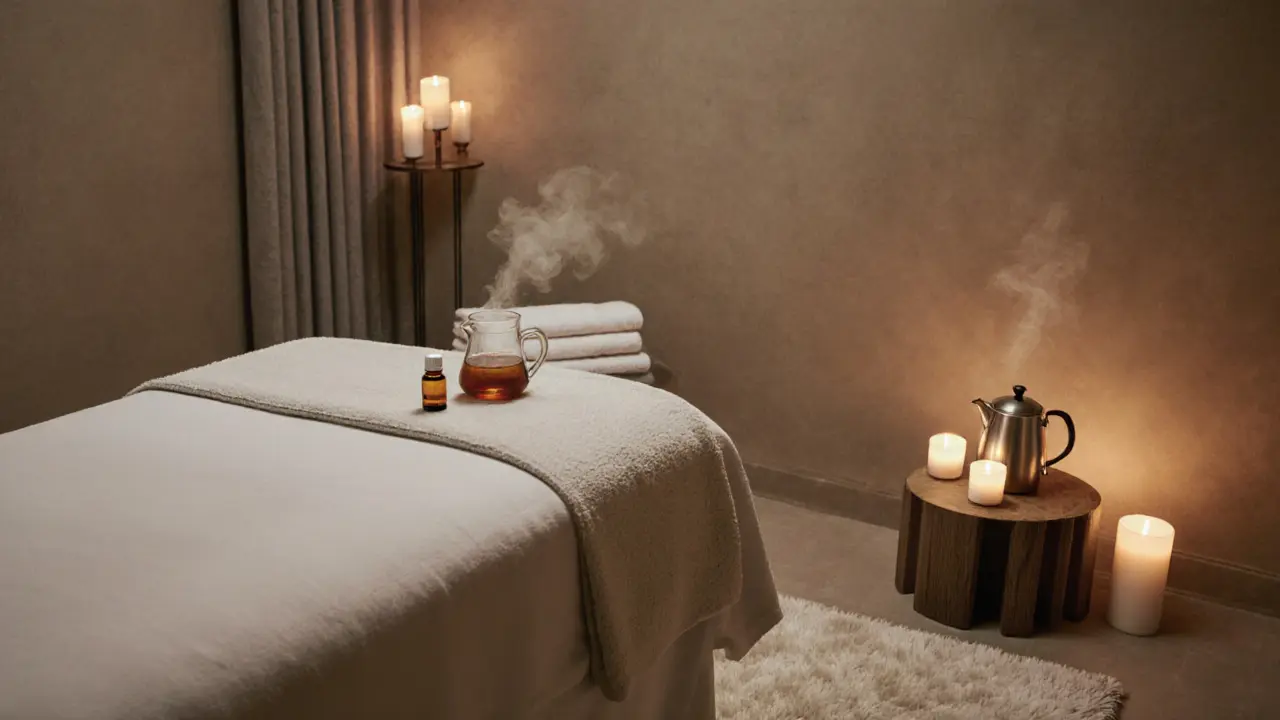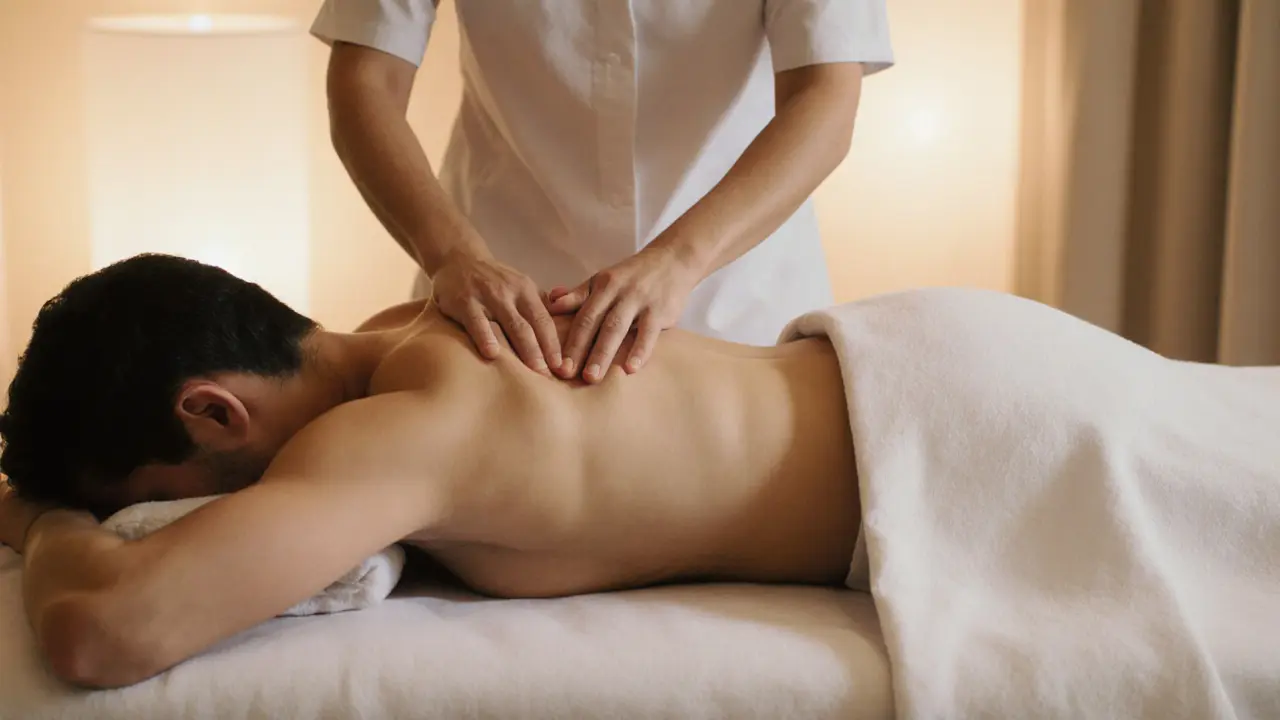When you book a full body massage, you expect relief from head to toe - but does that promise stretch down to the groin? Full body massage is a therapeutic service that targets every major muscle group, typically from the scalp to the feet, using a blend of strokes, pressure, and movement. Its goal is to enhance circulation, reduce tension, and promote overall well‑being. While the core definition is clear, the exact boundaries of the treatment can vary depending on the practitioner, the massage style, and the client’s comfort level.
Understanding the Basics of Full Body Massage
Origins and History
Massage has been practiced for millennia, from ancient Chinese tuina to the Swedish methods popularized by Per Henrik Ling in the 19th century. Over time, practitioners refined techniques to address specific body regions, but the concept of a “full body” session emerged alongside the spa boom of the early 20th century, when clients sought comprehensive relaxation in one sitting.
Core Principles or Components
A full body massage usually follows a sequence: warm‑up strokes, deeper work on large muscle groups, targeted treatment of problem areas, and a calming finish. Common components include effleurage (light gliding), petrissage (kneading), friction, and tapotement (percussive). Each stroke serves a purpose-effleurage boosts blood flow, while deeper pressure releases chronic knots.
How It Differs from Related Practices
Compared with a focused treatment like a sports massage or a facial massage, a full body session covers a broader surface area. However, the inclusion of intimate zones-such as the groin-depends on the therapist’s policy and client consent. The table below highlights key differences.
| Practice | Typical Scope | Includes Groin? | Primary Goal |
|---|---|---|---|
| Full Body Massage | Head to feet | Only with explicit consent | Overall relaxation |
| Swedish Massage | Head to feet | Rarely | Circulation & relaxation |
| Deep Tissue Massage | Targeted muscle groups | Client‑specific | Release deep knots |
| Sports Massage | Limbs and core | Usually excluded | Performance recovery |
Who Can Benefit from a Full Body Massage?
Anyone seeking stress relief, improved circulation, or a break from daily tension can benefit. Men who experience tight hip flexors or pelvic discomfort often find the added attention to the groin area helpful-provided they feel comfortable and have discussed it with the therapist beforehand.
Benefits of Full Body Massage for the Whole Person
Stress Reduction
The rhythmic strokes trigger the parasympathetic nervous system, lowering cortisol levels. Clients regularly report feeling calmer after a session, and reduced muscle tension in the neck, shoulders, and lower back.
Enhanced Mobility
By loosening tight muscle fibers, a full body massage can improve range of motion, especially around the hips and thighs. For athletes, this often translates to smoother movement during training.
Emotional Well‑Being
Physical comfort often feeds emotional balance. Many clients experience a lift in mood, decreased anxiety, and a sense of being cared for-key factors for overall mental health.
Practical Applications
Beyond relaxation, regular sessions can aid recovery after long flights, desk‑bound work, or intense workouts. The table below summarizes the core benefits.
| Benefit | Description | Impact |
|---|---|---|
| Stress Relief | Reduces cortisol, promotes relaxation | Better sleep, calmer mind |
| Improved Circulation | Enhances blood flow to muscles | Faster healing, reduced soreness |
| Increased Flexibility | Loosens tight hip flexors & hamstrings | Better posture, improved athletic performance |
| Emotional Boost | Triggers endorphin release | Elevated mood, reduced anxiety |
What to Expect When Booking a Full Body Massage
Setting or Context
Most spas provide a private, dimly lit room with a massage table, soft music, and clean linens. For men, many locations also offer gender‑specific therapist options to increase comfort.
Key Processes or Steps
- Consultation: You’ll discuss health history, pressure preference, and any areas you want focused on-or avoided.
- Consent: The therapist will ask if they can work on sensitive zones like the groin. This is a non‑negotiable step.
- Massage Sequence: Typically starts at the back, moves to limbs, then resolves with a gentle finish.
- After‑care: You’ll be given water, breathing tips, and suggestions for post‑session stretching.
Customization Options
Clients can request lighter pressure, additional time for a specific muscle group, or a fully clothed approach for modesty. Some spas even offer aromatherapy or heated stones as add‑ons.
Communication and Preparation
Clear communication is the cornerstone of a safe experience. If you’re uncomfortable with any part of the body-including the groin-state it upfront. Likewise, be ready to voice any discomfort during the session so the therapist can adjust.

How to Choose and Prepare for a Full Body Massage
Setting Up for Success
Arrive a few minutes early to fill out intake forms and relax. Avoid heavy meals, alcohol, or intense exercise right before your appointment.
Choosing the Right Therapist
Look for licensed professionals affiliated with reputable bodies like the American Massage Therapy Association (AMTA). Verify certifications, read reviews, and confirm that the therapist has experience with male clients and sensitive areas.
Step‑by‑Step Guide
- Research local spas and check therapist credentials.
- Book a session, specifying “full body” and any preferences.
- Complete the health questionnaire honestly.
- Discuss groin inclusion during the pre‑session talk.
- Relax, breathe, and give feedback as needed.
- Post‑massage, hydrate and stretch gently.
Tips for First‑Timers and Couples
First‑timers should start with a 60‑minute session to gauge tolerance. Couples can book back‑to‑back appointments for a shared relaxation experience, but each should have their own therapist to respect personal boundaries.
Safety and Ethical Considerations
Choosing Qualified Practitioners
Always verify that the massage therapist holds a valid state license and belongs to a professional association. These credentials signal adherence to hygiene, ethical, and training standards.
Safety Practices
| Practice | Purpose | Example |
|---|---|---|
| Hand hygiene | Prevent infection | Therapist washes hands before session |
| Clean linens | Maintain sanitary environment | Fresh sheets for each client |
| Consent dialog | Respect personal boundaries | Explicit agreement before groin work |
| Pressure check | Avoid injury | Therapist asks “Is this too hard?” |
Setting Boundaries
Both client and therapist should agree on what is acceptable. Many spas use a “comfort scale” (0‑10) so clients can signal when to pause or adjust intensity.
Contraindications or Risks
People with recent surgeries, open wounds, severe varicose veins, or certain skin conditions should avoid deep pressure on the groin. Always disclose medical history during the intake.
Enhancing Your Experience
Adding Complementary Practices
Combine massage with mindfulness breathing, gentle yoga stretches, or a short meditation to extend the relaxation benefits.
Collaborative or Solo Engagement
If you enjoy self‑care, try foam‑roller routines for the hips and thighs at home. However, professional touch is irreplaceable for deep tissue work around the pelvis.
Using Tools or Props
Warm stones, aromatherapy diffusers, or a low‑frequency vibration plate can augment the massage, especially when focusing on tight groin muscles.
Regular Engagement for Benefits
Scheduling a full body massage every 4-6 weeks keeps chronic tension at bay and ensures any lingering tightness around the groin is addressed before it becomes a bigger issue.

Finding Resources or Experts
Researching Qualified Experts
Start with the AMTA’s “Find a Therapist” directory, read client testimonials, and verify that the therapist lists “groin‑area work” as an optional service.
Online Guides and Communities
Forums like Reddit’s r/massage and professional blogs often discuss etiquette around sensitive zones. They can give you a sense of what to expect and how to communicate clearly.
Legal or Cultural Considerations
In some regions, regulations require explicit written consent for any work near the genital area. Always ask the spa about their policy to stay on the safe side.
Resources for Continued Learning
Books such as “The Massage Therapist’s Guide to Professional Ethics” and video courses on anatomy for massage therapists deepen your understanding of safe groin work.
FAQ: Common Questions About Full Body Massage and the Groin
Does a full body massage automatically include the groin?
No. A full body massage covers the entire body, but the therapist must ask for permission before touching the groin. Without explicit consent, the area is typically avoided.
What should I say if I’m uncomfortable with groin work?
Simply tell the therapist during the initial consultation that you prefer the groin to be left untouched. A professional will respect that without question.
Are there health benefits to having the groin massaged?
Gentle massage can improve blood flow to the pelvic region, ease tight hip flexors, and reduce tension that sometimes contributes to lower back pain. However, it should always be performed by a qualified therapist.
Is it legal for a therapist to massage the groin without written consent?
In most jurisdictions, no. Professional standards and local laws require documented consent before any work near the genitals. Reputable spas keep a written note in the client’s file.
Can I request a full body massage that excludes the groin?
Absolutely. Just specify “no groin work” when you book. Most therapists appreciate the clarity and will tailor the session accordingly.
Conclusion: Why Knowing the Groin Policy Matters
A Path to Comfortable Wellness
Understanding that a full body massage does not automatically include the groin empowers you to set clear boundaries, enjoy a relaxing session, and reap the full health benefits without surprise.
Try It Mindfully
When you book your next appointment, ask about the therapist’s consent process. A mindful approach ensures safety, respect, and a truly restorative experience.
Share Your Journey
Have you ever navigated the groin‑inclusion question? Drop a comment, share your story, or follow our blog for more massage‑related tips.




Ron Tang
October 21, 2025 AT 15:51If you’re cool with it, a full‑body massage can even lighten the mood around the groin-just ask before they get too hands‑on.
lee sphia
October 27, 2025 AT 09:45It is essential to establish clear consent before any practitioner approaches sensitive zones; a brief, formal discussion at the start of the session safeguards both client comfort and professional standards.